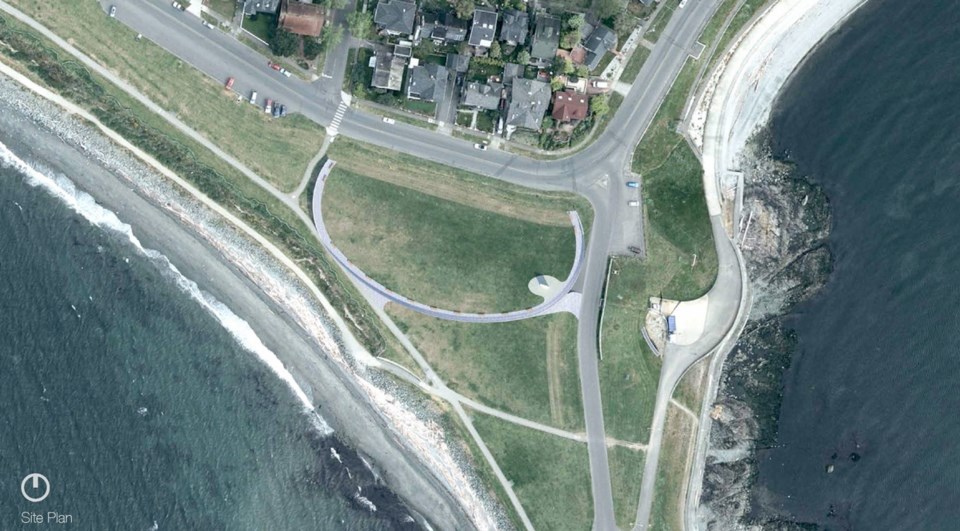Knappett Projects is pitching a sewage plan to Capital Regional District politicians today — despite a thumbs down from hired experts.
Company president John Knappett is scheduled to appear at the CRD’s sewage committee today to make a pitch for “deep shaft vertical treatment.”
Knappett refused to comment in advance of the meeting, but a letter sent by his engineering firm, which has 29 years’ experience, to CRD politicians proposes a $177-million treatment plant at Clover Point that it promises will be attractive and effective.
A second plant would be needed, but a cost estimate was not given in the letter.
“Our proposal is to place an underground plant at Clover Point that is both esthetically appropriate and technically proven,” states the letter.
Knappett’s letter indicates the firm has teamed up with Dragados Canada Inc. and has engaged treatment experts NORAM Engineering, of Vancouver. It’s a team with experience in waste treatment within congested urban environments.
Deep shaft technology treats waste by pumping oxygen into the bottom of a deep shaft, filled with wastewater, where pressure is naturally high because of the height of the column, according to other CRD studies.
A major advantage is the relatively small space it occupies.
Experts hired by the CRD are not convinced the technology would work at the scale needed.
“There are no built examples of deep shaft [wastewater treatment plants] at this scale,” the technical oversight panel writes in a report to CRD politicians.
Victoria Mayor Lisa Helps, chairwoman of the CRD’s core area liquid waste management committee, called the proposal “interesting.”
“There are all manner of good ideas being forced into the mix at this late date,” she said.
“The Knappett proposal has an opinion, the technical oversight panel has an opinion. Ultimately, the elected officials will gather the information and weigh in with their own opinions.”
The region now filters its waste and pumps the remainder, untreated, into Juan de Fuca Strait.
In 2006, the provincial government mandated sewage treatment. In 2012, the federal government passed a law requiring all high-risk Canadian cities — including Victoria — to provide secondary sewage treatment by 2020.
Construction was set to begin two years ago at McLoughlin Point on a fully designed and approved treatment plant. The proposal died after Esquimalt council refused to consent to a necessary change in zoning for the site, a former tank farm.
Oak Bay Mayor Nils Jensen has said McLoughlin Point should be re-examined on the issue of cost alone — the plant there was estimated at $788 million, compared to $1.031 billion to $1.348 billion for the proposals now being considered.
Jensen’s proposal appears to be gaining little traction with other politicians.
Helps called the idea “preposterous” and “disrespectful.”
“Let’s ram it down Esquimalt’s throat and then see how we do when we apply for building permits,” she said.
The CRD has until the end of March to submit a detailed plan to treat its wastewater or risk losing at least $83.4 million in funding from the federal government.
Five sewage treatment options, ranging from a single large plant in Victoria’s Rock Bay area to seven smaller plants around the region, are being considered.



